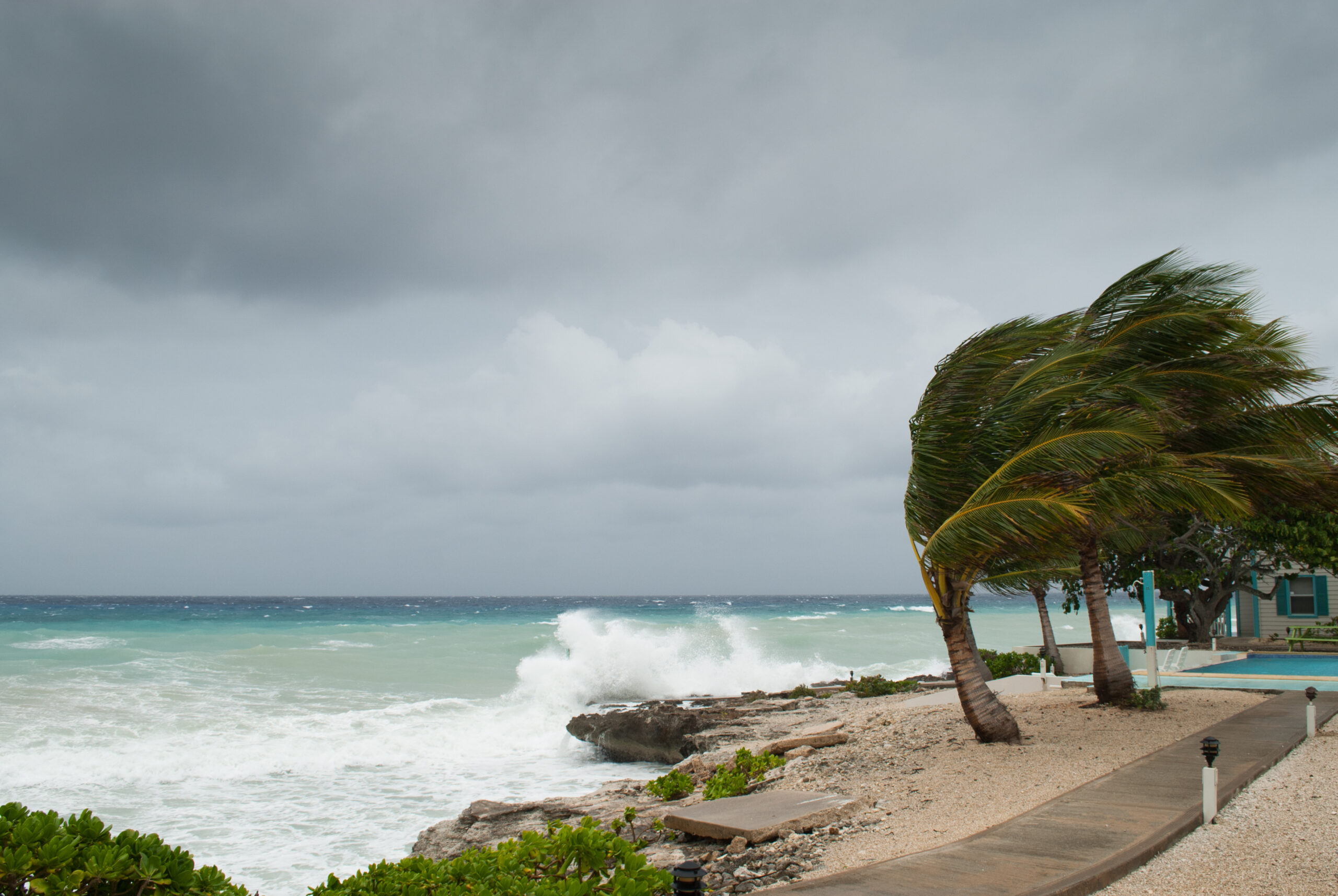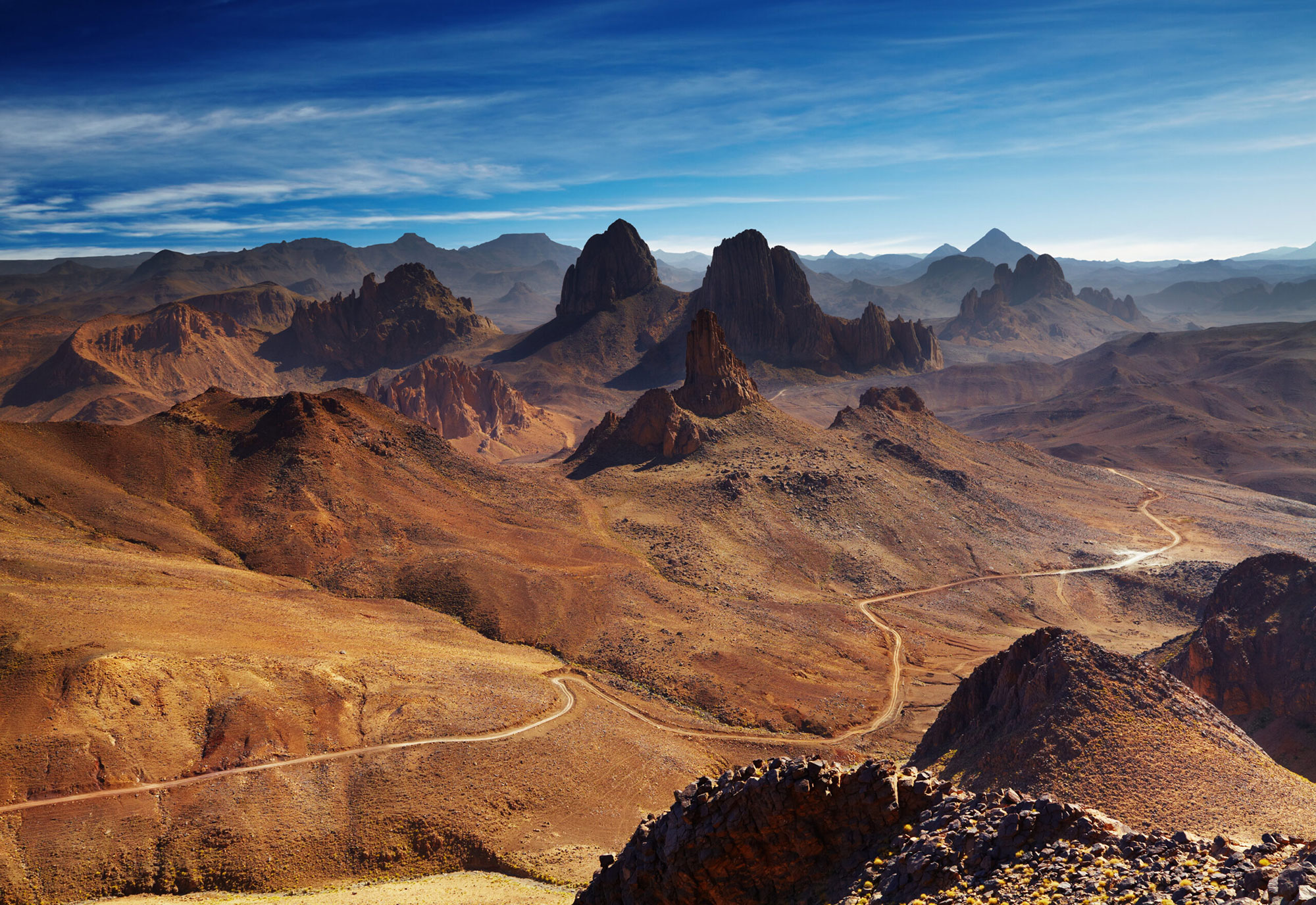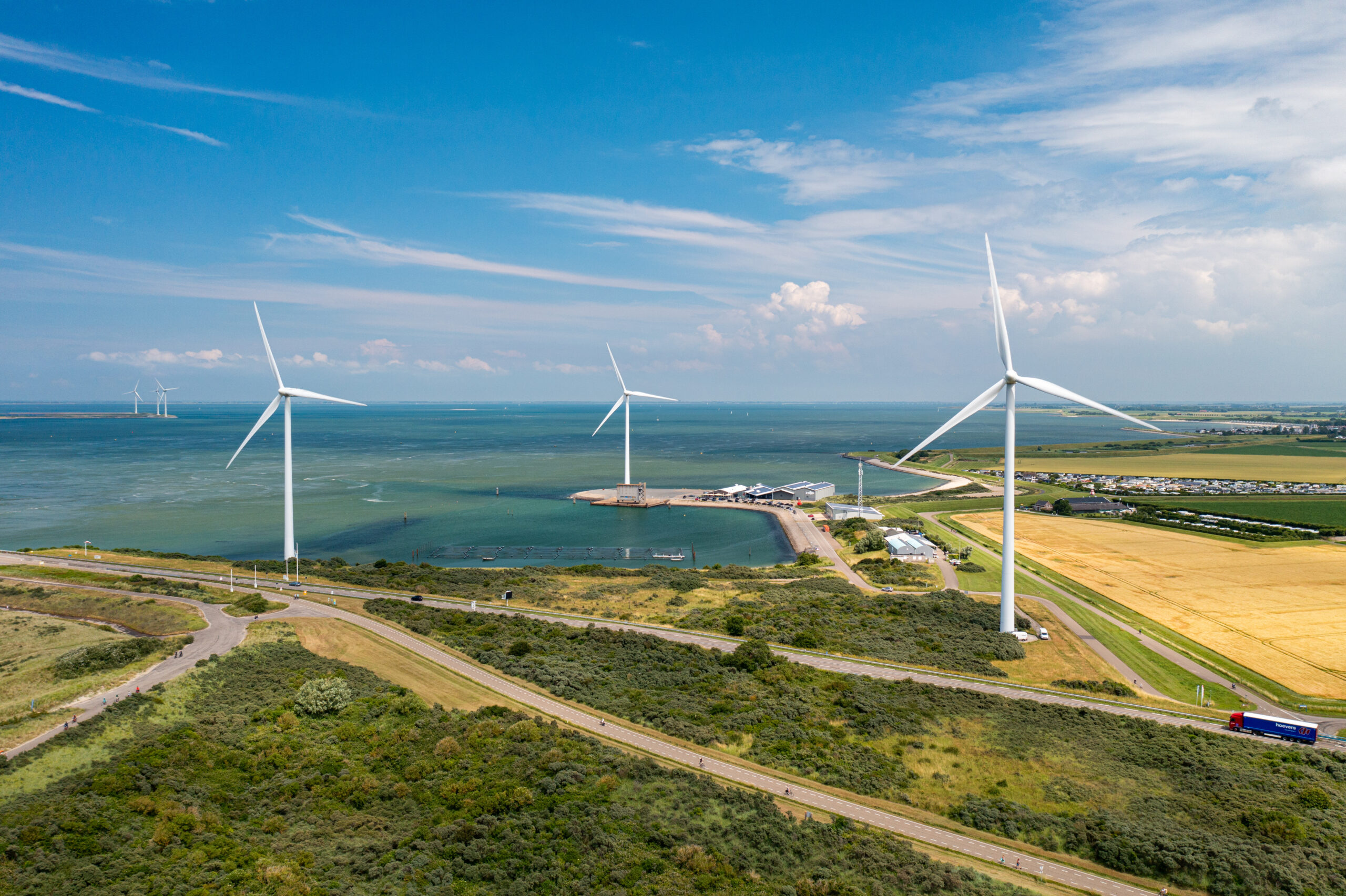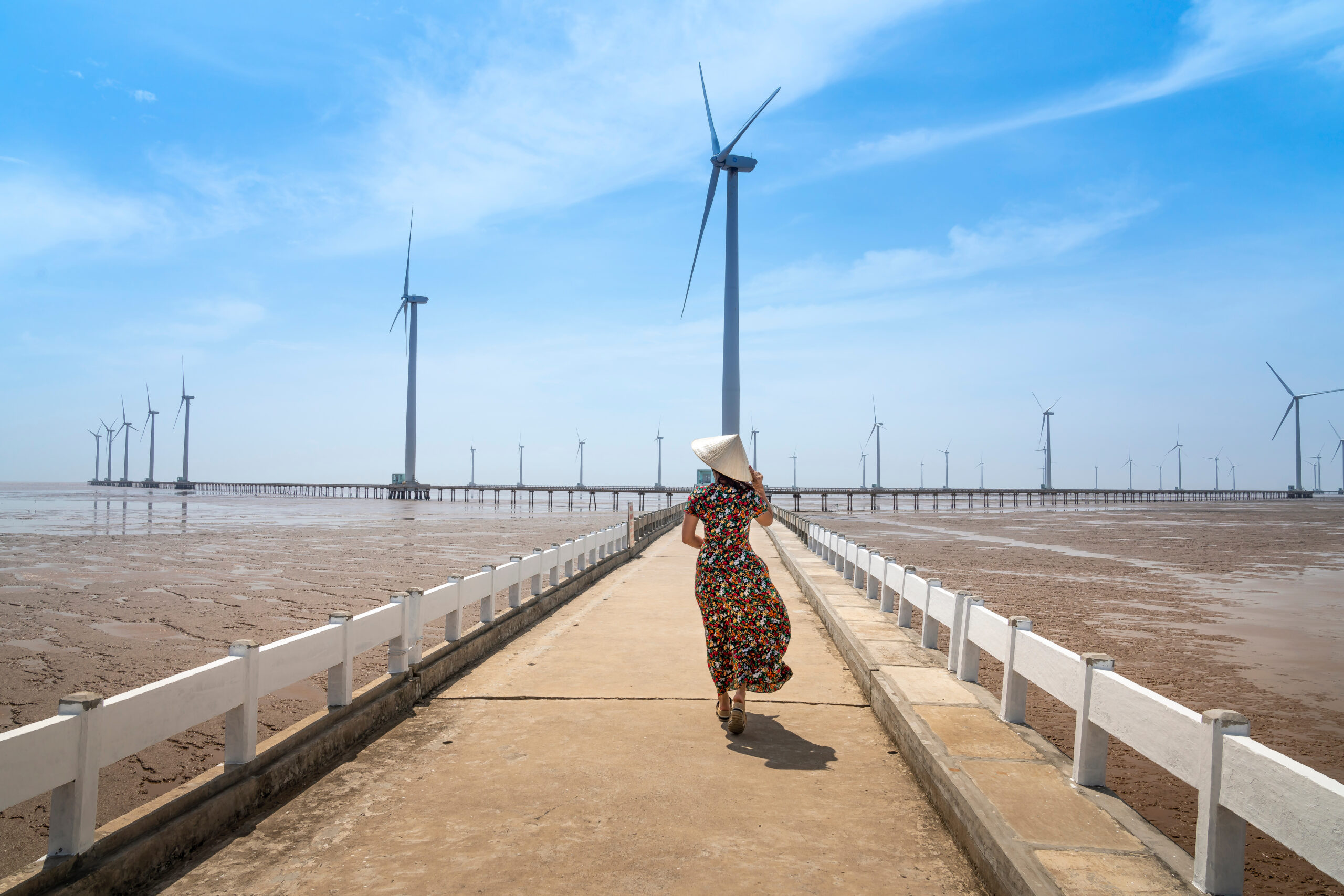Caribbean energy grids need overhaul to wean off oil: study
Rising sea levels and intensifying hurricanes underline the urgency of transforming Caribbean energy systems, which are oil-based, costly and vulnerable.

The Caribbean needs a modest $5 billion to $7 billion to build energy resilience and lay a foundation for a robust transition away from fossil fuels, according to a new study from the Atlantic Council. Small Island Developing States (SIDS) and other Caribbean countries are hoping for financial support from donor countries at the COP28 climate conference in Dubai that starts in November.
Oil-dependent Caribbean countries pay up to three times more for electricity than the United States does, and the region’s energy systems are ill-prepared for a transition to cleaner renewable power, the report notes.
“If you’re going to have an energy transition, you … need to transform the electricity grids and the utility models,” said David Goldwyn, the Washington-based council’s energy chairman and former international energy envoy under U.S. President Barack Obama.
“You cannot introduce significant amounts of renewable energy unless you have the capacity to receive them. And the grids in some cases are vertically integrated and under capitalised,” Goldwyn said in a September 26 webinar. “We have to find ways to finance that transition in order to be able to make these kinds of changes.”
Only 11% of the Caribbean’s electricity is renewable. And oil imports are straining budgets that are still recovering from the pandemic’s blow to tourism. Caribbean Community (Caricom) countries, outside of hydrocarbons producer Trinidad and Tobago, import on average 87% of their oil, compared to a global average of 21%, according to an estimate from the Caribbean Centre for Renewable Energy and Energy Efficiency (CCREEE) cited in the report.
A few Caribbean countries have turned to gas as a bridge. In 2016, Jamaica started importing LNG from U.S. supplier New Fortress Energy to displace heavy fuel oil in power generation and industry. Although only 12% of Jamaica’s energy mix is wind, solar and hydro, more is on the way. The government recently launched a tender for 20-year power purchase agreements for up to 100 MW of renewable energy. The island is aiming for half of the grid to be renewable by 2030.
Others are looking to leapfrog into green energy. Barbados aims to reach 100% renewable energy and carbon neutrality by 2030, with a focus on energy storage. And Dominica has an impressive one gigawatt of geothermal potential that it plans to leverage in conjunction with Trinidad to make green hydrogen.
Five-step Caribbean energy plan
The Atlantic Council report lays out a five-step roadmap for Caribbean energy transformation, starting with holistic modelling and analysis over a six to 12-month period to determine the best options for decarbonisation, cost effectiveness, reliability and resilience. The national and regional-level modelling should incorporate “all energy inputs” and potential efficiencies, the report says.
Over years two to five of the roadmap, a second step turns monolithic grids into modular and agile systems, with decentralised features that are more reliable and resilient to climate events.
Step three, ranging from years two to five, calls for diversifying state-owned utilities and top-down vertically integrated systems. Jamaica and Trinidad have already divested some energy assets and introduced competition, but most other Caribbean countries lag behind.
Step four, which could start as early as year two of the roadmap, de-risks renewable energy projects to make them “bankable”, meaning that investors can be confident of a likely financial return. This bankability will imply support from multilateral agencies in blended financing structures.
The final step would shift from an incremental and inefficient project-by-project approach to national regulatory frameworks. The report highlights Jamaica’s Renewables for All programme, which is ushering in policies and regulations to facilitate renewables investment.
“The areas that we have to focus on are policy and legislation frameworks to ensure that there is an enabling environment for renewable energy,” said Alicia Taylor, investment management lead officer in the infrastructure and energy division of IDB Invest, a unit of the Inter-American Development Bank. The power purchase agreement templates of Trinidad, Barbados and Jamaica can be used to build out renewables, but further work needs to be done in areas such as human resources and technical assistance, she said.
Racquel Moses, chief executive of the Caribbean Climate-Smart Accelerator (CCSA), highlighted the financing gaps, citing the Caribbean Development Bank’s estimate of $1.25 billion a year needed to transition. Yet only $50 million has been invested this year. “The good news is, the region is starting to collaborate much more to solve this problem even as we seek external funding,” Moses told Gas Outlook, pointing to public-private hydrogen collaboration between Dominica and Trinidad. CCSA did not take part in the Atlantic Council report but welcomed its findings.
Growth in renewables
As renewable energy grows, Goldwyn and Moses see gas as a viable transition fuel. The region’s gas anchor is Trinidad, which is hoping to access supply from neighbouring Venezuela to replenish feedstock to its liquefaction plant that has suffered from flagging local gas production. Shell and BP, Trinidad’s top gas producers and the main shareholders in Trinidad’s liquefaction complex, are building the 112 MW Lara solar plant with equity financing that is out of reach for most Caribbean nations.
While LNG will play a role during a hybrid stage, Moses said “the green hydrogen opportunity is a necessary one to get off the ground as quickly as possible to address storage and reliable supply using renewables as a source.”
Ultimately, the Caribbean needs to scale up renewable energy to fulfill its climate pledges, Taylor said. “You need bigger and large-scale projects to really make a dent in terms of the NDCs that each country has committed to under the Paris agreement.”



